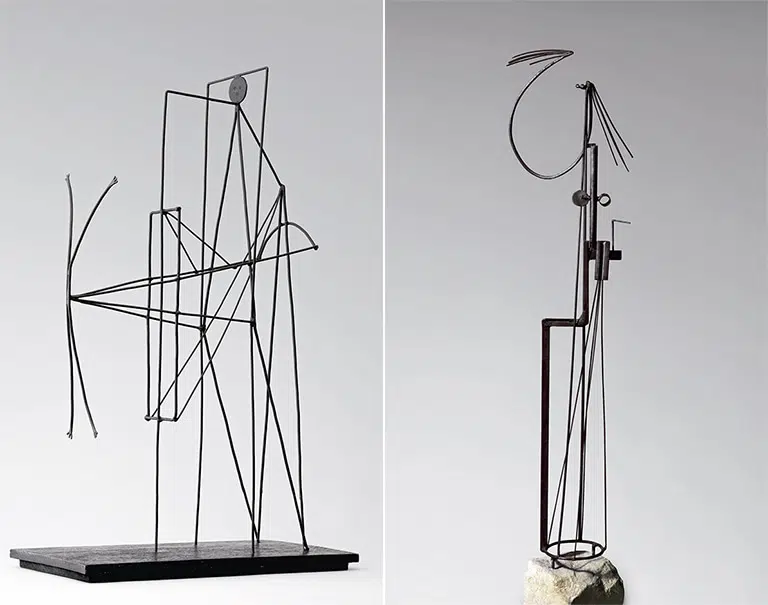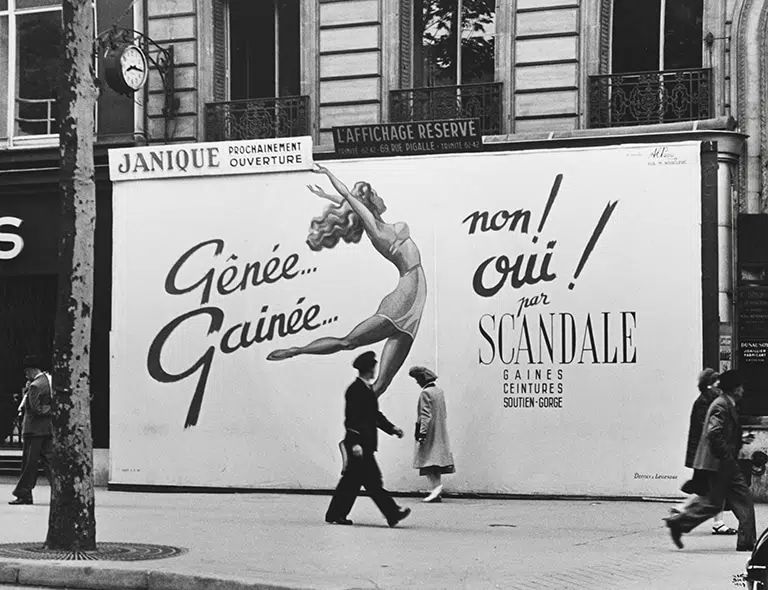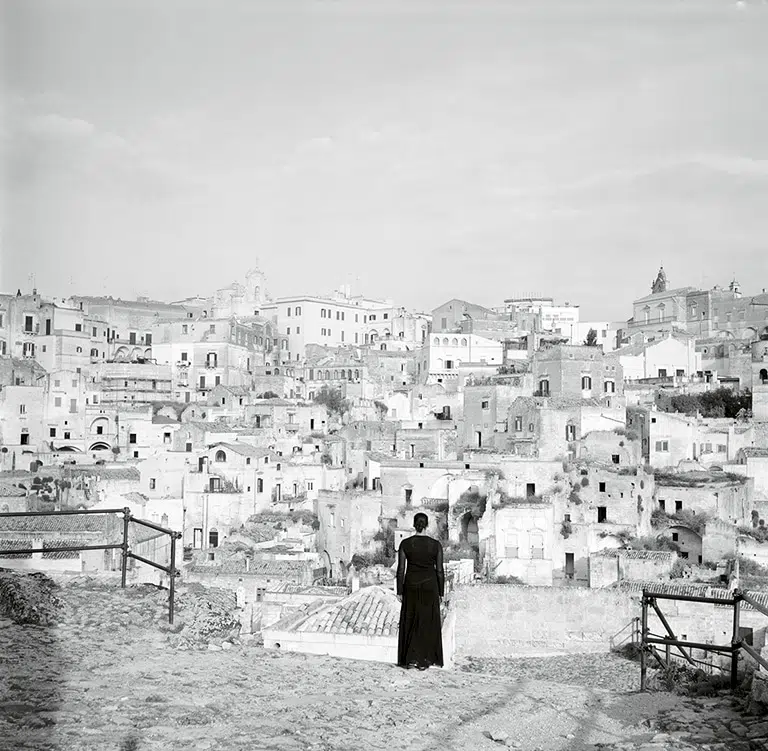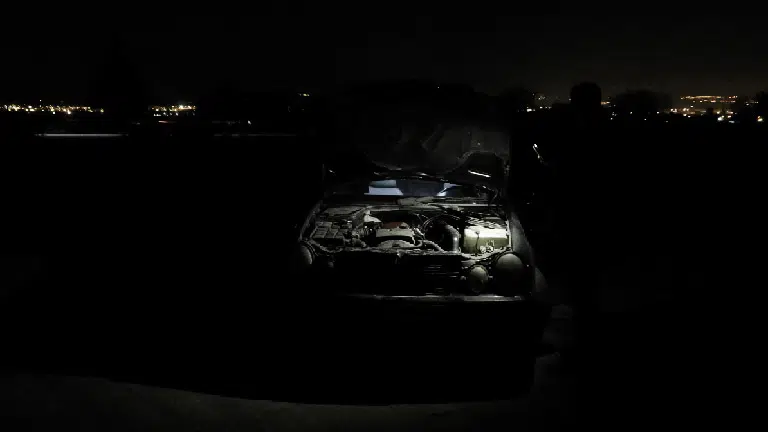Untitled
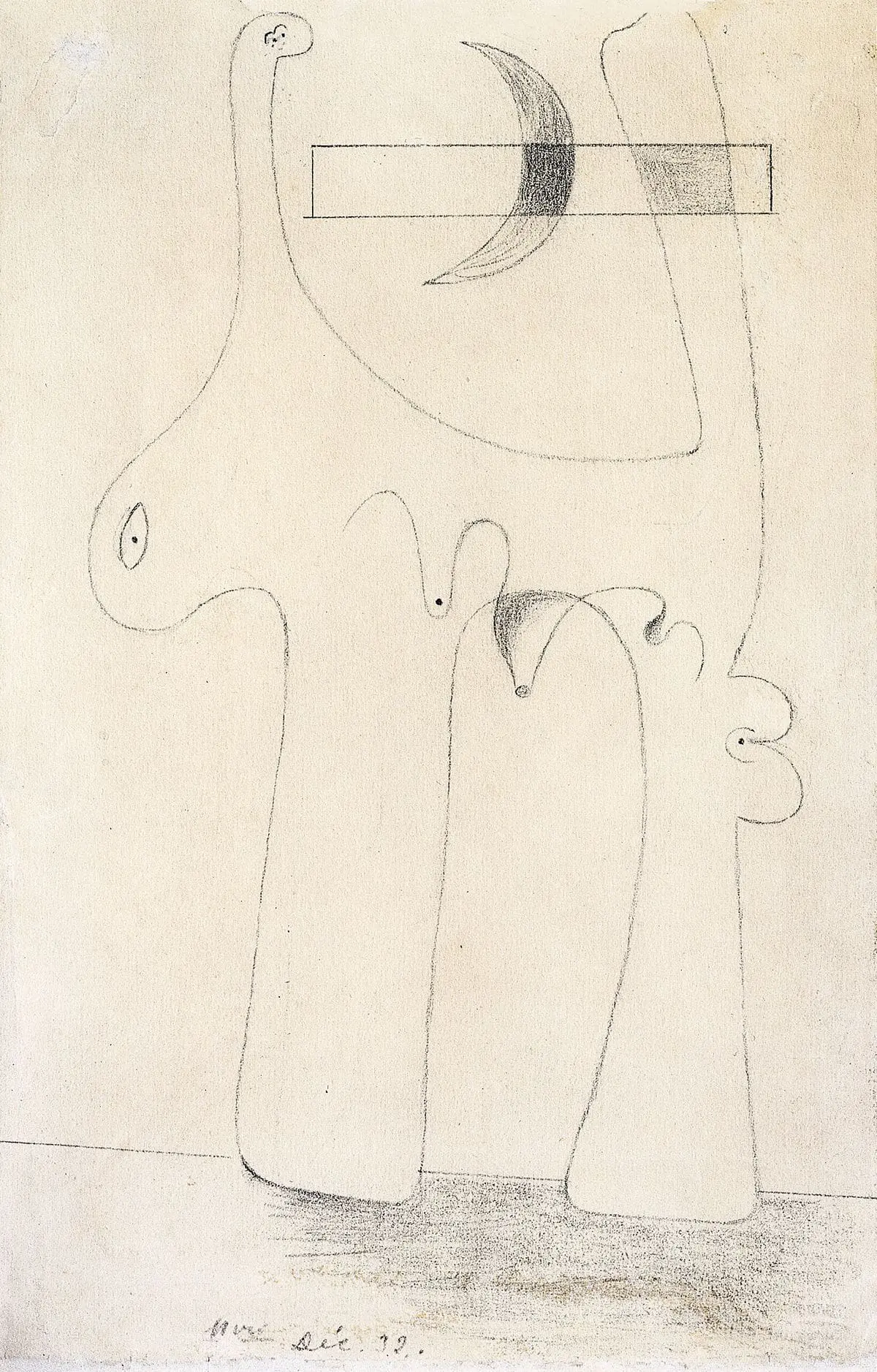
Joan Miró
Untitled, 1932
© Successió Miró, 2021
© Fundación MAPFRE COLLECTIONS
Entry date: 2001
Technique
Graphite on paper
Dimensions
Paper size: 23 × 15 cm
Frame size: 53 x 53 x 4 cm
Inventory
FM000303
Description
This was a preparatory drawing for one of the three etchings that Miró made as an illustration for the book Enfances by the Surrealist poet Georges Hugnet, published in Paris by Éditions Cahiers d’Art in July 1933. The book included three etchings whose plates had almost identical dimensions to those of this drawing: 23.8 x 14.7 cm. Although the initial planned production was one hundred copies, only fifty were actually produced. Miró made several artist’s proofs that are also dated December 1932. These etchings for Enfances were the first the artist created (see Jacques Dupin, Miró Grabador I, 1928-1960, Barcelona, Polígrafa, 1987, p. 32). There is total correspondence between this drawing and the etching; both come from the same phase during which, after a period of crisis and readjustment, Miró resumed painting and took a new approach to his work.
In January 1932, the painter left Paris and settled in Barcelona, although he traveled frequently to the French capital and spent his summers in Mont-roig, where in September he was visited by Calder, who put on a performance of his circus. By 1927, Miró had started expressing a desire to “murder painting”, rejecting his own newly-acquired success with the presentation of his Dutch Interiors and Imaginary Portraits. In his rejection of painting, he opted for poor materials with which he created collages and assemblages inspired by Picasso and by the Dadaists. However, he later returned to painting and drawing with particular intensity, filling several sketchbooks in which he once again returned to the figure, though with a different approach. As in all Miró’s drawings, the images created on paper appear and reappear in his paintings from different periods, his drawings providing a fundamental reservoir of graphic ideas for different projects. The period from which this drawing dates, which Jacques Dupin called “plastic concentration”, is characterized by hybrid figurations with an emphasis on metamorphosis, dynamic distortion, and a continuous line and contour. This type of drawing was related to surrealist automatism, but although Miró worked with a large degree of freedom on paper in this collection, he also exercised control over the drifts of his sinuous, continuous line that goes beyond pure automatism. The strokes of the pencil define ambiguous forms in which the anatomies are strangely linked, between innocence and being loaded with an almost uncontrolled germinative power. The figures of Enfances — like those that once populated his sketchbook from 1930, and later on the preparatory ones for Minotaur, in 1933, with which they can be related – possess the biomorphic character that Miró had already instigated in previous years, exploring anatomical distortion as an expressive and surreal resources, and in this they converge with surrealist works by Picasso and Jean Arp. At the time of this drawing, Miró was working on small paintings on wood and cardboard with the motif of the female body subjected to various deformations. The anatomy becomes elastic in these paintings, stretching and folding back on itself and leaving the sexual attributes of these monstrous women exposed, as in Bather and Flame in Space and Nude Woman, both dating from 1932. In the drawing under review, however, the distortions take on a calmer and more playful grace, and their calligraphic dynamism is tempered by the stillness of the figure, planted firmly on the ground. Its slight shading and the presence of the moon, a definite recurring motif in Miró’s creation, give this drawing a certain magical, lunar and poetic nature.
[Carmen Bernárdez Sanchís ]
CORRAL, María de (comisaria), Joan Miró, Crossing the Limits, cat. exp. Granada, Diputación de Granada, 2004.
DUPIN, Jacques, y LELONG-MAINAUD, Ariane, Joan Miró. Catalogue raisonné: paintings. Paris, Daniel Lelong, Successió Miró, 1999.
DUPIN, Jacques, y LELONG-MAINAUD, Ariane, Joan Miró. Catalogue raisonné: drawings. Paris, Daniel Lelong, Successió Miró, 2008.
FERNÁNEZ MIRÓ, Emilio, Joan Miró sculptures. Catalogue raisonné, 1928-1982. Paris, Daniel Lelong, Successió Miró, 2006.
LABRUSSE, Rémi, Miró: un feu dans les ruines. Paris, Hazan, 2004.
LLORÉNS, Tomàs (comisario), Miró: tierra, cat. exp. Madrid, Museo Thyssen-Bornemisza, 2008.
MALET, Rosa María, Joan Miró, Barcelona, Polígrafa, 2003.
MELO NETO, Joâo Cabral de, Joan Miró, Barcelona, Casa Amèrica Catalunya, 2008.
MINGUET, Joan M., Joan Miró. Madrid, Fundación Mapfre, 2009.
MIRÓ, Joan, Escritos y conversaciones, Valencia, Murcia, IVAM, J. López Albaladejo, 2002.
PERUCHO, Juan, Joan Miró y Cataluña. Barcelona, Polígrafa, s.f.
PUJALS, Joan M.; SIMÓ, Isabel-Clara; VICENT, Manuel, Volem l’impossible: Antonio Miró, antològica, 1960-2001, cat. exp. Alcoi, Alfagràfic, 2001.
SALAZAR HERRERÍA, María José (comisaria), Joan Miró: colecciones del Museo Nacional Centro de Arte Reina Sofía, cat. exp. Madrid, Fundación Telefónica, 2003.
UMLAND, Anne et al., Joan Miró: painting and anti-painting, 1927-1937, cat. exp. Nueva York, MoMA, 2008.
